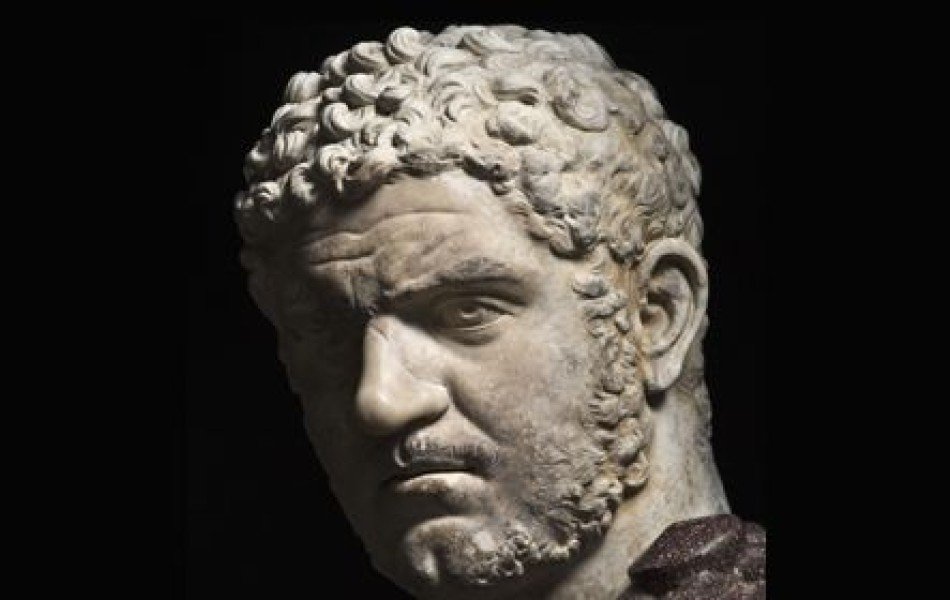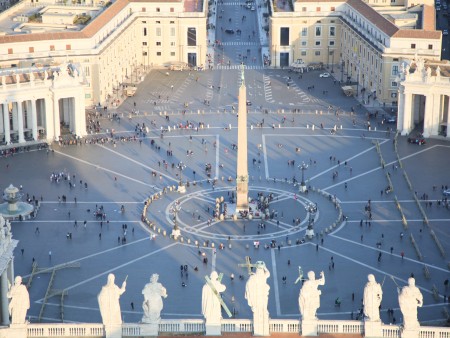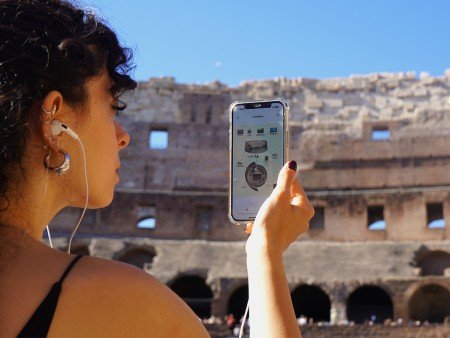Was Emperor Nero's cruelty really without limit?

12 October 2024
Rome Travel GuideEmperor Nero (37-68 AD) was one of Rome's most infamous rulers, remembered for his excesses, alleged cruelty, and controversial leadership. However, his legacy is complicated, blending tyranny, artistic ambition, and a troubled political climate. To critically assess Nero’s reign, it's essential to balance ancient accounts, often written by hostile senators, with modern interpretations that reexamine his political, cultural, and administrative decisions.
Early Life and Rise to Power of the emperor Nero
Born Lucius Domitius Ahenobarbus, Nero was the last emperor of the Julio-Claudian dynasty. His mother, Agrippina the Younger, was a key figure in his early rise, marrying her uncle Emperor Claudius and positioning Nero as his heir over Claudius’s biological son, Britannicus. Claudius adopted Nero in 50 AD, and following his suspicious death in 54 AD (possibly poisoned by Agrippina), Nero ascended to the throne at the age of 16, becoming one of Rome’s youngest emperors.
Early in his reign, Nero was under the guidance of key advisors such as the philosopher Seneca and the praetorian prefect Burrus. This period, often referred to as the "quinquennium Neronis" (the five good years of Nero’s rule), saw relatively stable governance. Nero focused on promoting the arts, diplomacy, and reducing taxes, but his relationship with his mother soon deteriorated.
Consolidation of Power and Family Conflict
Nero’s conflict with Agrippina was a pivotal point in his reign. Agrippina initially exerted significant influence, but Nero, resenting her interference, distanced himself and eventually ordered her assassination in 59 AD. This act of matricide scandalized Rome and damaged Nero's reputation, showcasing the emperor’s capacity for cruelty in his pursuit of autonomy.
The Great Fire of Rome (64 AD): the collapse of Nero's popularity, his death at the age of 31.
One of the worst events of Nero's reign was the Great Fire of Rome in 64 AD, which destroyed much of the city. Ancient historians like Tacitus and Suetonius suggest Nero was either indifferent or even responsible for the fire, with the notorious claim that he "fiddled while Rome burned." However, this story is likely apocryphal; Nero wasn’t even in Rome when the fire began, and he actually organized relief efforts and reconstruction.
Nevertheless, Nero’s decision to build a vast palace complex, the Domus Aurea ("Golden House"), on part of the devastated area fueled rumors that he had orchestrated the fire to clear space for his extravagant projects. The fire and its aftermath severely tarnished his public image.
To deflect blame, Nero targeted the Christian community, accusing them of starting the fire and subjecting them to brutal persecutions. This marks the beginning of the Roman Empire’s persecution of Christians and is a major stain on Nero’s legacy.
These last four years of his life are crucial for the history of Rome and for the fate of the emperor. Nero committed suicide in June 68 A.D., at the age of 31, when the Domus Aurea had not yet been completed, despite the fact that the immense portion already built and open to visitors today would lead us to think otherwise. At the same time, the emperor sensed the discontent around him, he knew that his reign was coming to an end, and his death was near.
Cultural Patronage and Personal Extravagance: Nero, eccentric emperor
Nero saw himself as a great patron of the arts and a cultural leader, which led him to pursue interests in music, poetry, and theater. He scandalized Roman elites by performing publicly as a singer and actor, activities considered inappropriate for an emperor. Nero's artistic ambitions, while sincere, were viewed as eccentric and unworthy of a ruler by Rome’s conservative senatorial class.
His construction projects were equally controversial. The Domus Aurea epitomized Nero’s grandiose vision but also his detachment from Rome’s political and social realities. The luxurious palace featured massive gardens, an artificial lake, and opulent decorations, which were built at great public expense.
The last years of Nero's life are inextricably linked to his opulent palace. You can visit it and learn a lot about his life on a Domus Aurea Tour in Rome.
The decline and the assassination attempt against the emperor Nero
As Nero's reign progressed, his governance became increasingly erratic. Seneca and Burrus were replaced by more pliable but less competent advisors, and Nero indulged in personal excesses. His marriage to Poppaea Sabina, after divorcing and possibly executing his first wife Octavia, further eroded his political support. Poppaea herself died under mysterious circumstances, with some accounts suggesting Nero kicked her to death during a fit of rage.
Discontent with Nero's rule culminated in a series of revolts and conspiracies. The most significant was the Pisonian Conspiracy of 65 AD, a plot by senators to assassinate Nero. Although it failed, it revealed the depth of elite dissatisfaction. Nero responded with brutal repression, executing conspirators, including his former tutor Seneca.
By 68 AD, provincial governors began to rebel, most notably Galba in Spain. Faced with widespread opposition, including desertion by the Praetorian Guard and the Senate declaring him a public enemy, Nero fled Rome. He committed suicide in June 68 AD, reportedly exclaiming, “What an artist dies in me!” Catchphrase easily attributable to the imagination of Ancient Roman historians rather than an elusive historical truth.
The artistic and political legacy
Nero's reign is widely condemned in historical accounts of Ancient Rome. Tacitus, Suetonius, and Cassius Dio—all members of the senatorial class—present him as a tyrant consumed by vanity, cruelty, and excess. Their writings form the foundation of Nero’s negative image in history.
However, modern historians have reassessed emperor Nero’s legacy, pointing out that his reign was not devoid of accomplishments. His early rule saw attempts at fiscal reform, diplomacy (notably with Parthia, present-day Iran), and public works. His patronage of the arts, though controversial, was genuine, and some argue that his persecution of Christians, while brutal, must be seen within the context of Roman governance rather than as an outlier in Roman imperial behavior.
Emperor Nero’s reign remains one of the most polarizing in Roman history. On one hand, he is remembered as a ruthless, self-indulgent despot who squandered the resources of the empire on personal pleasures. On the other hand, Nero’s interest in the arts, architecture, and governance—albeit flawed—suggests a more nuanced ruler. His reign reflects the instability of the Julio-Claudian dynasty and the challenges of managing a vast empire, where personal ambition and public responsibility often clashed disastrously.
Our categories:
You may also be interested ...

Vatican Private Tour with Sistine Chapel & St. Peter's Basilica: Renaissance’s Wonders
Private tour
Discover with a skip the line Private Vatican Tour the Sistine Chapel, Vatican Museums and St Peter’s Basilica
starting from: € 375

Colosseum Guided Audio Tour with Roman Forum and Palatine Hill
Private tour
Discover Ancient Rome’s secrets and history with our immersive Colosseum guided audio tour, rich in image and content
starting from: € 51 € 42